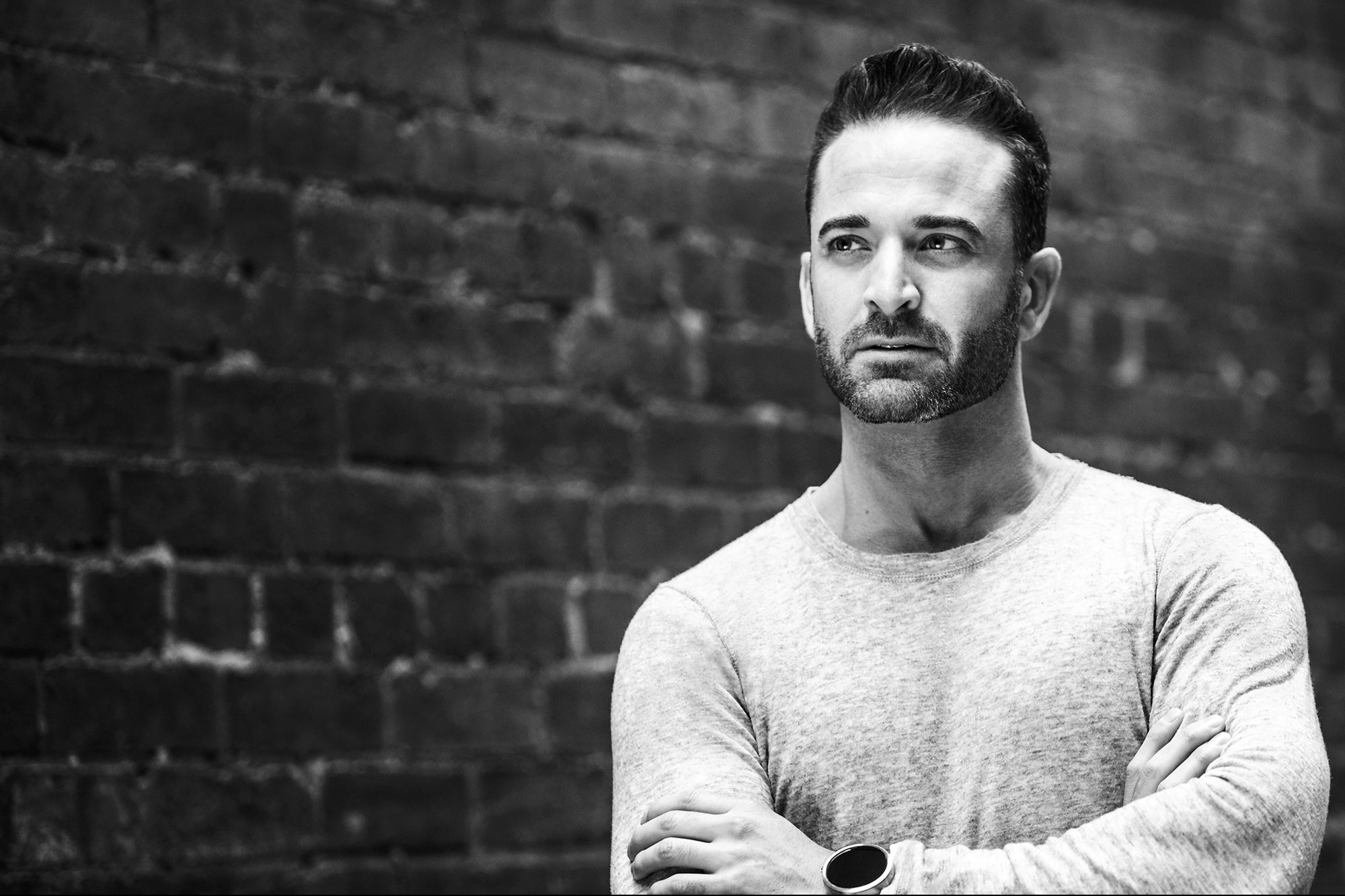Steve Ballmer or Satya Nadella? Leadership Lessons Every BIZ Experiences Can Learn from Microsoft The contrasting leadership styles of Steve Ballmer and Satya Nadella highlight how understanding your BIZ Experiencesial archetype — Creator, Builder, or Opportunist — can shape business success through a balance of stability and innovation.
By Daniel Marcos Edited by Micah Zimmerman
Key Takeaways
- Leadership styles shape a company's success: balancing innovation with operational stability is crucial.
- BIZ Experiencess fall into three archetypes — Creator, Builder, Opportunist — each offering unique strengths.
- Self-awareness in leadership can align strengths with business goals to drive growth.
Opinions expressed by BIZ Experiences contributors are their own.
Every BIZ Experiences dreams of steering their company toward success, but their approach can differ vastly. Leadership is as much about style as strategy, and few examples illustrate this better than the evolution of Microsoft under Steve Ballmer and Satya Nadella.
Their contrasting tenures highlight how different BIZ Experiencesial types shape a company's trajectory, offering valuable lessons for business leaders everywhere. When combined with insights from John Warrillow's The Value Builder System, a framework emerges to better understand BIZ Experiencesial leadership and its impact.
Related: Want to Lead Like a Top CEO? Start With These Three Habits
Legacy vs. innovation: A tale of two Microsofts
Steve Ballmer, Microsoft's CEO from 2000 to 2014, was a force of nature. Under his leadership, the company experienced significant growth in revenue, ballooning from $25 billion to $78 billion. Ballmer's relentless focus on sales and market expansion created a dominant force in the tech industry. However, this growth came at a cost.
Microsoft's innovation began to falter, particularly in critical areas like mobile technology. The acquisition of Nokia, for instance, was emblematic of a strategy that prioritized market share over long-term relevance.
Ballmer's leadership style leaned heavily on security, cash flow and risk minimization. His approach ensured predictable growth and a stable business foundation, focusing on existing products and leveraging them to maintain market dominance. By prioritizing cash and avoiding significant risks, Ballmer's Microsoft became a powerhouse of operational efficiency. Yet, this emphasis on stability often came at the expense of groundbreaking innovation, leaving the company vulnerable in rapidly evolving sectors like mobile computing.
Enter Satya Nadella. When he assumed the role of CEO in 2014, Microsoft was at a crossroads. Nadella's vision was rooted in transformation — a shift to a cloud-first, mobile-first strategy that emphasized innovation and cultural reinvention. Unlike Ballmer, Nadella embraced a leadership style focused on investing in the future and increasing value rather than immediate cash returns. This meant prioritizing long-term initiatives like Azure, which required substantial upfront investment but promised exponential growth.
Nadella also championed a culture of experimentation and collaboration, encouraging teams to take calculated risks in pursuit of groundbreaking solutions. Under his stewardship, Microsoft not only diversified its revenue streams but also repositioned itself as a leader in cloud computing and artificial intelligence. Nadella's willingness to invest in future technologies, even at the risk of short-term profitability, created immense value for the company, propelling its market cap beyond $2 trillion.
The stark differences between Ballmer and Nadella highlight two distinct leadership paradigms. Ballmer's focus on security and cash ensured stability and consistent growth but limited the company's ability to adapt to disruptive changes. Nadella's emphasis on innovation and value creation, while riskier, positioned Microsoft as a forward-thinking, resilient organization. Together, their approaches underscore the critical balance between protecting the present and investing in the future.
The three types of BIZ Experiencess
As a CEO Coach, working with hundreds of top business leaders, I have found distinct types of BIZ Experiencess, classified by their leadership style, personal goals and personal and professional values: the Creator, The Builder, and The Opportunist.
These archetypes provide a lens through which we can analyze the leadership styles of Ballmer and Nadella — and perhaps ourselves.
The Creator is driven by innovation and the desire to bring new ideas to life. These BIZ Experiencess thrive on shaping the future, much like Satya Nadella did by embracing emerging technologies and redefining Microsoft's culture. Creators focus on long-term impact, often fostering environments that encourage innovation and collaboration.
The Builder, on the other hand, is focused on scaling businesses, maximizing profitability and achieving market dominance. Steve Ballmer's tenure exemplifies this archetype. Builders excel in driving growth and operational excellence, though their emphasis on scale can sometimes overshadow the need for agility and adaptation.
Finally, The Opportunist is quick to identify trends and seize opportunities, often driven by short-term wins. While neither Ballmer nor Nadella perfectly fits this mold, Opportunists are indispensable in industries that demand rapid pivots and the ability to capitalize on fleeting market trends.
Lessons for today's leaders
The story of Microsoft's evolution underlines a fundamental truth about BIZ Experiencesship: there is no one-size-fits-all approach to leadership. Each type of BIZ Experiences brings unique strengths and faces distinct challenges. Ballmer's focus on scaling Microsoft laid a strong foundation, while Nadella's emphasis on transformation ensured the company's enduring relevance.
For today's business leaders, understanding their BIZ Experiencesial type can be a game-changer. Are you a Creator, building for the future? A Builder, scaling for success? Or an Opportunist, seizing the moment? Recognizing your strengths and aligning them with your company's needs can unlock unprecedented potential.
Related: The Strengths and Weaknesses of 4 Distinct Leadership Strategies
Finding your path
Self-awareness is the cornerstone of effective leadership. By identifying your BIZ Experiencesial archetype, you gain a roadmap to optimize your decision-making and leadership style. Whether you're leading a startup or navigating the complexities of scaling an established business, the lessons from Microsoft's contrasting leaders and Warrillow's framework offer invaluable insights.
BIZ Experiencesship is as much about knowing yourself as it is about knowing your market. So, what type of BIZ Experiences are you? The answer may well determine your next big breakthrough.











